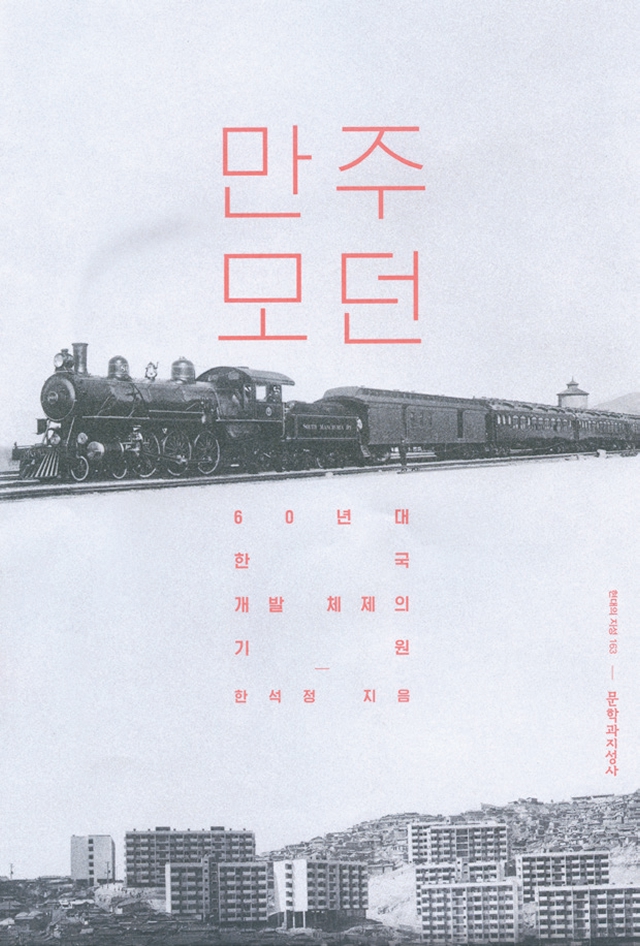
만주 모던—60년대 한국 개발 체제의 기원
- Page
- 518
- Publication Date
- March 25, 2016
- ISBN
- 9788932028521

This work revisits Manchuria in the 1930s and Korea in the 1960s and examines the historical roots of Korea’s post-war reconstruction system, throwing light on how Manchukuo influenced the modernization of South Korea.
South Korea’s rapid industrialization began in the 1960s, during a period of compressed development. Manchu Modern provides a new paradigm for reading and understanding Korean society in the 1960s. In this book, the author argues that the origins of Korea’s reconstruction and national-security systems can be traced back to Manchukuo(1932-1945). While the 1960s is thought of as an era that shaped modern Korea, it is less well-known that Manchuria of the 1930s and 1940s directly influenced that era. Manchukuo was a state created by Japan following an unsanctioned invasion of Manchuria by the Kwantung Army, which had been posted there to protect the Japanese-owned South Manchurian Railway.
The High Modernism of Manchukuo inspired the military regime’s rapid, centralized development of Korea and linear construction projects. It was Manchukuo’s masculine ethos to swiftly drill through, dig up, fill in, and smooth out the landscape. And Japan had always been a rival for Korea, as well as a model to copy. To sum it up roughly, while the U.S. prescribed the rules and boundaries for the developmental state of the 1960s, it was internally driven by a Manchukuo-style ethos.
South Korea’s “Comprehensive” National Territorial Plan and the “multi purpose” Water Resources Management Plan were influenced by Manchukuo’s Comprehensive National Development Plan. However, this obsession with speed came at a price—the destruction of the natural landscape and traditional architecture, shoddy construction, and sabotaged democracy.
According to the author, Manchuria has been suppressed for decades in the collective memory of Koreans, despite its deep, profound influences on today's Korean society. Only anti-Japanese nationalism survives in the national memory, while the diverse experiences and ways of life in the spectrum between pro Japanese collaboration and anti-Japanese resistance have fallen into oblivion. This book shifts between Manchuria, Korea, and the Japanese colonial era, throwing light on a history that has hitherto remained buried in the dark.